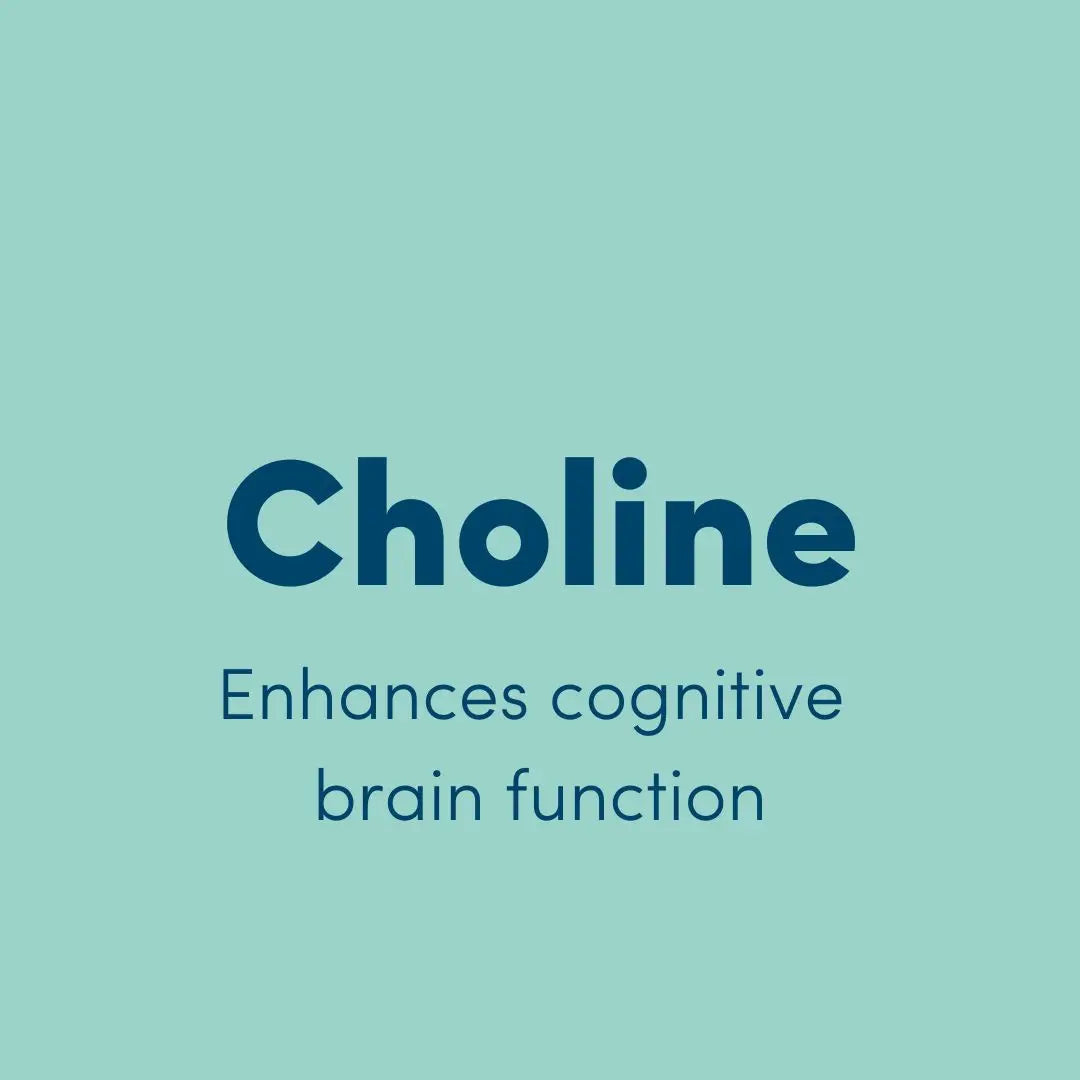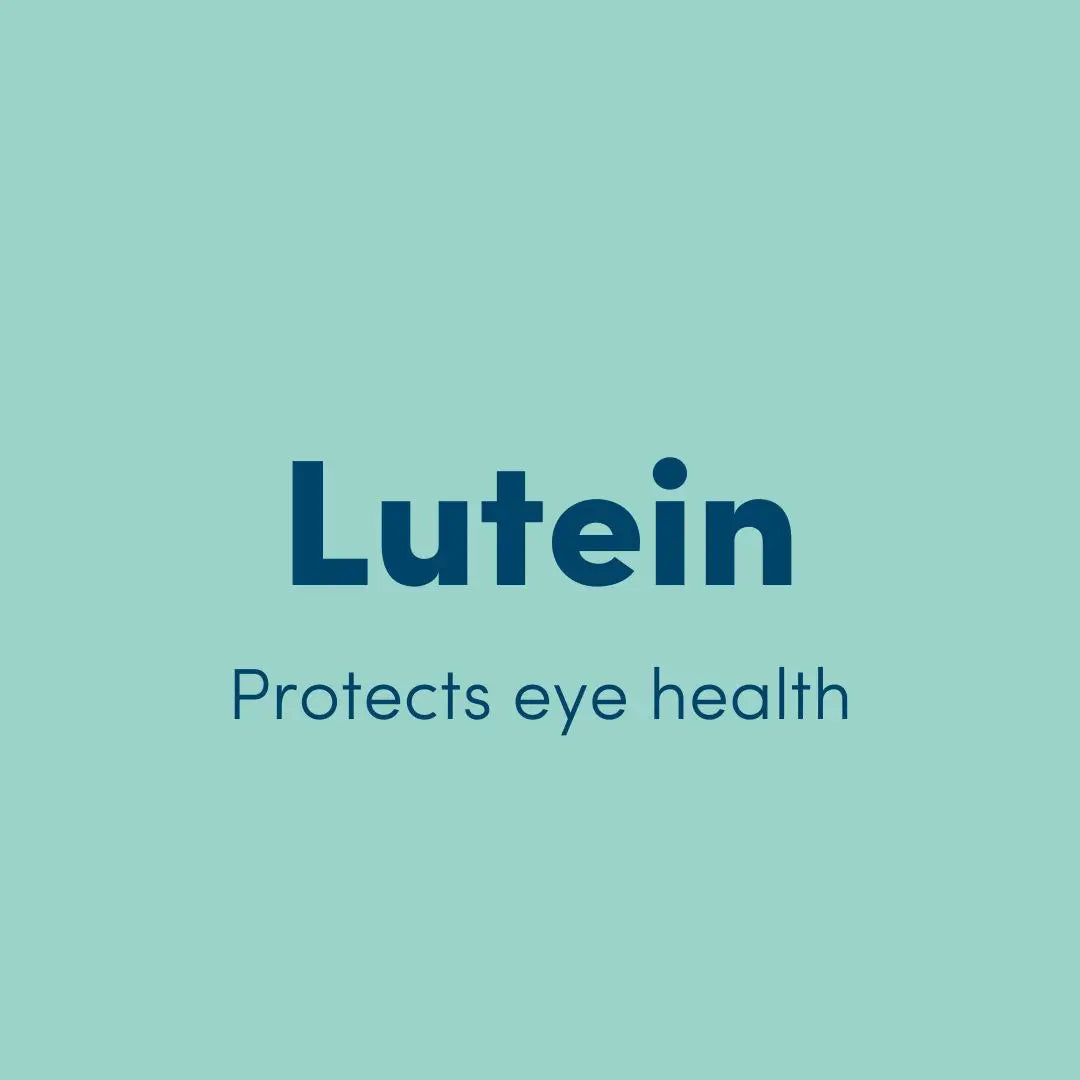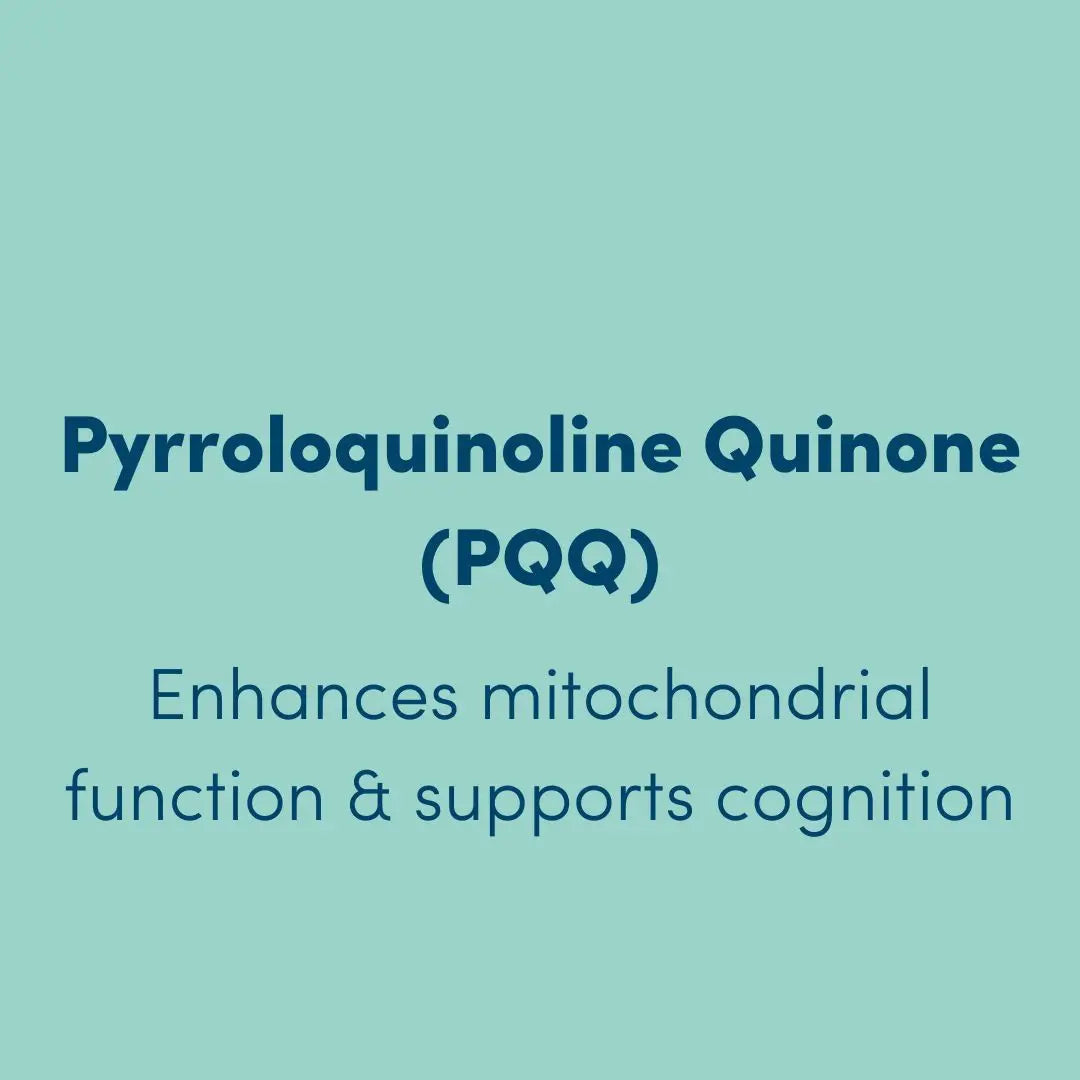
When we think about living longer and performing better—both mentally and physically—we tend to focus on the basics: exercise, sleep, and nutrition. And rightfully so. But there’s another powerful factor that deserves just as much attention: human connection.
Yes, social connection might just be the most underrated nootropic of all.
Science increasingly shows that our relationships deeply influence our health, brain function, and even how long we live. A sense of belonging—feeling truly connected to others—can help protect against a wide range of health issues, from anxiety and depression to cognitive decline and heart disease.
In fact, a major meta-analysis involving over 70 studies found that people experiencing loneliness (whether living alone, feeling socially isolated, or both) faced a 26% to 32% higher risk of early death. That’s not a small number. One study even equated chronic loneliness to smoking 15 cigarettes a day—that's how powerful the effects can be on your body and brain.
So what does this mean for those of us already dialed into supplements, brain-boosting routines, and biohacking? It means we can't afford to overlook the role of connection. Real, meaningful social relationships act as a buffer against stress, help regulate inflammation, and support cognitive performance over time.
In short: if you care about brain health and longevity, you should prioritize meaningful social connections just as much as you prioritize exercise, sleep, and a healthy diet.
Bottom line: Community is not just a nice-to-have. It’s a science-backed, life-extending, brain-supporting essential. So text a friend. Join a group. Make time for conversation. Think of it as daily nourishment—for your brain and your future.
References:
· Holt-Lunstad J, Robles TF, Sbarra DA. Advancing social connection as a public health priority in the United States. Am Psychol. 2017 Sep;72(6):517–530.
· Holt-Lunstad J, Smith TB, Baker M, Harris T, Stephenson D. Loneliness and social isolation as risk factors for mortality: a meta-analytic review. Perspect Psychol Sci. 2015 Mar;10(2):227–237.





